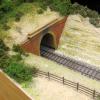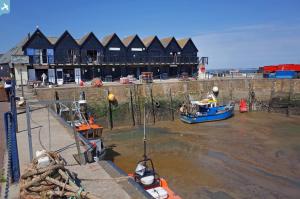EPW018623 ENGLAND (1927). The Harbour, Whitstable, 1927
© Copyright OpenStreetMap contributors and licensed by the OpenStreetMap Foundation. 2025. Cartography is licensed as CC BY-SA.
Details
| Title | [EPW018623] The Harbour, Whitstable, 1927 |
| Reference | EPW018623 |
| Date | 22-June-1927 |
| Link | |
| Place name | WHITSTABLE |
| Parish | |
| District | |
| Country | ENGLAND |
| Easting / Northing | 610801, 167094 |
| Longitude / Latitude | 1.0284671904407, 51.36323099543 |
| National Grid Reference | TR108671 |
Pins
 Alan McFaden |
Wednesday 9th of July 2014 09:03:58 AM | |
 Alan McFaden |
Wednesday 9th of July 2014 09:01:16 AM | |
 Maurice |
Tuesday 21st of May 2013 07:47:36 AM | |
 Maurice |
Tuesday 21st of May 2013 07:05:19 AM | |
 Maurice |
Tuesday 21st of May 2013 06:58:38 AM | |
They also appear in EPW035504, viewed from better angle. |
 Maurice |
Tuesday 21st of May 2013 07:07:41 AM |
 Maurice |
Tuesday 21st of May 2013 06:56:16 AM | |
 Maurice |
Tuesday 21st of May 2013 06:54:49 AM |


![[EPW018623] The Harbour, Whitstable, 1927](http://britainfromabove.org.uk/sites/all/libraries/aerofilms-images/public/100x100/EPW/018/EPW018623.jpg)
![[EPW054079] The Paddock, the harbour and environs, Whitstable, from the north-west, 1937](http://britainfromabove.org.uk/sites/all/libraries/aerofilms-images/public/100x100/EPW/054/EPW054079.jpg)
![[EPW054080] The harbour and town, Whitstable, from the north-west, 1937](http://britainfromabove.org.uk/sites/all/libraries/aerofilms-images/public/100x100/EPW/054/EPW054080.jpg)
![[EPW009153] The Harbour and environs, Whitstable, 1923](http://britainfromabove.org.uk/sites/all/libraries/aerofilms-images/public/100x100/EPW/009/EPW009153.jpg)

